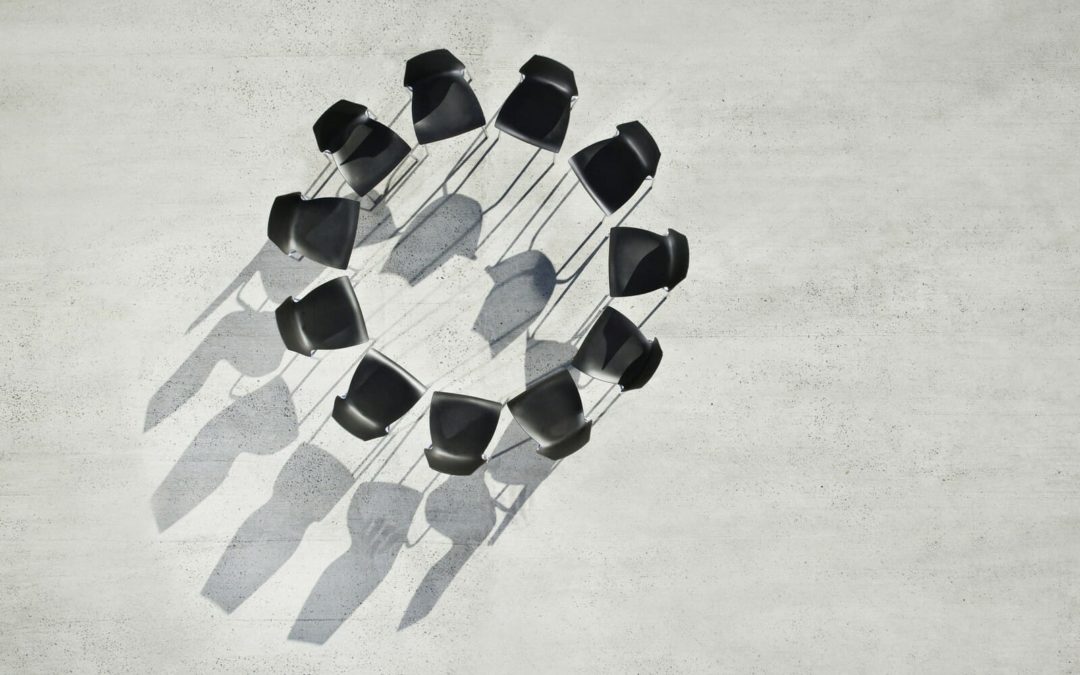Table of Contents

Being moody is a normal part of adolescence. Teens are going through hormonal changes and still learning to regulate their emotions while key regions of their brain develop.
Although it’s normal for teens to go through moody episodes, teens with mood disorders have more extreme shifts that can impact their day to day functioning.
What are Mood Disorders?
Mood disorders are a group of mental health problems that cause rapid shifts in mood and make it difficult for teens to regulate their emotions. Two of the most common mood disorders are Major Depressive Disorder and Bipolar Disorder.
Sometimes mood disorders in teens can be overlooked, seen as “just a phase” or “typical teenage angst”. In some cases this can be true, however, if moods change rapidly, are ongoing for longer than two weeks, affect daily tasks or present with other mental health symptoms—this may be a sign of a mood disorder.
It is important for parents to be mindful of the signs of a mood disorder to provide early intervention and proper support.
Most Common Mood Disorders in Adolescents
Mood disorders are a cluster of mental health issues. Based on the frequency and duration of symptoms, there are several types of mood disorders a teen can be diagnosed with.
Major Depressive Disorder (MDD)
More commonly known as clinical depression, this is the most diagnosed mood disorder, affecting 36% of teens 12-17 years old. It is marked by ongoing feelings of low mood, sadness, and negative thoughts. It is also common for teens to have physical pain, sleep disruption and appetite changes.
Persistent Depressive Disorder (PDD)
PDD has similar symptoms to MDD, however, they are more chronic and last longer. Symptoms of low mood must be present most days, for at least two years. 25% of teens 12-17 years old are diagnosed with this mood disorder.
Disruptive Mood Dysregulation Disorder (DMDD)
DMDD can cause periods of sadness and frequent, angry outbursts. Around 25% of teens 12-18 years old struggle with this. DMDD often presents with higher levels of school and relationship difficulties (verbal and physical aggression) than MDD or PDD.
Bipolar Disorder
Formerly known as manic depression, Bipolar Disorder affects approximately 2.9% of teens. Moods range from depression to mania. Periods of depression can last for months and make it difficult to get out of bed and perform daily tasks. During manic episodes, teens can be extra impulsive, reckless and develop unhealthy behaviors that put themselves in danger such as drug use, drinking or unprotected sex.
Seasonal Affective Disorder (SAD)
Also known as seasonal depression, this is marked by low-mood during the fall or winter. Shorter days with less sunlight may change chemicals in the brain. About 3.3% of teens struggle with seasonal depression.
Premenstrual Dysmorphic Disorder
This is a severe kind of premenstrual syndrome, causing drastic mood swings, crying spells and angry outbursts the week before menstruation. It affects about 1.6% of teenage girls.
How Do Mood Disorders Affect Teens?
Mood disorders can be debilitating for teens, impacting their daily lives and causing problems that could follow them into adulthood. They may struggle in school, have strained relationships, complain about physical pain or even abuse drugs.
Recognizing the Signs of A Mood Disorder
Although sometimes difficult to recognize, it is important for parents to be aware of the potential warning signs in order to support their teens. If you recognize the red flags of a mood disorder, reach out for professional help.
Some warning signs of a mood disorder include:
- Persistent sad or depressed mood, longer than two weeks
- Social isolation
- Changes in sleep (insomnia or excessive sleeping)
- Low self-esteem or lack of confidence
- Feelings of shame or guilt
- Low energy or fatigue
- Trouble in relationships or forming connections
- Lack of personal hygiene (not showering, brushing teeth, cleaning room,etc)
- Complaints of physical pain with no apparent reason (stomachaches, migraines,, joint pain)
- Aggression or irritability
- Reckless behavior or lack of regard for safety
- Drug or alcohol abuse
- Self-harm or suicidal thoughts
How To Help A Struggling Teen With A Mood Disorder
It can be hard for parents to watch their teen struggle with a mood disorder. Create a safe space where open conversations around mental health exist. These can go a long way in supporting your teen. Other ways to support your teen include:
- Actively listen to your teen
- Non-judgemental support
- Validate their emotions and empathize with their experiences
- Ensure they get enough sleep and are eating nutritious meals
- Mindfulness in the home (yoga, art, exercise, dance, music, playing with a pet, talking to a loved one or trusted friend)
Treatment For Mood Disorders in Teens
Professional support is essential to manage mood disorders and help your teen be successful in their daily lives. Healthcare providers such as a psychologist, psychiatrist or pediatrician will take a comprehensive assessment of your teen to rule out other possible mental health conditions.
There are a number of medications and support services to help teens with mood disorders.
- Cognitive Behavioral Therapy helps teens identify negative thought patterns, build healthy coping skills and create goals that set them up for success
- Mood stabilizers or antidepressant medications are designed to help chemical imbalances in the brain and manage symptoms
- Group therapy can be beneficial by helping teens connect with others who are struggling and decrease feelings of loneliness or isolation
- Self-management tools may be taught in therapy sessions to manage symptoms. These include including journaling, meditation, movement, art, getting outside, etc
Seeking Professional Help
If you identify warning signs of a mood disorder in your teen, reach out for professional support to help find the best plan of treatment.
At Clearfork Academy our team of compassionate, licensed therapists understands the complex nature of mental health disorders in teens. Reach out to our Admissions team to learn more.
Sources
Bipolar Disorder. National Institute of Mental Health.
Are youth with disruptive mood dysregulation disorder different from youths with major depressive disorder or persistent depressive disorder? March 2020. Journal of Affective Disorders.
Rates of seasonal affective disorder in children and adolescents. The American journal of psychiatry.

Mike Carter, LCDC
Alumni Relations Manager
Mike grew up on a dairy farm in Parker County, Texas. At the age of 59, he went back to college and graduated 41 years after his first graduation from Weatherford College. God placed on his heart at that time the passion to begin to help others as they walked from addictions, alcoholism, and abuse of substances. He is a Licensed Chemical Dependency Counselor and in the past few years he has worn many hats, from intake and assessment, group counseling, individual and family counseling, intensive outpatient and now he is working with clients, therapist, and families on discharge planning and aftercare. He also coordinates our Alumni Outreach Program.





